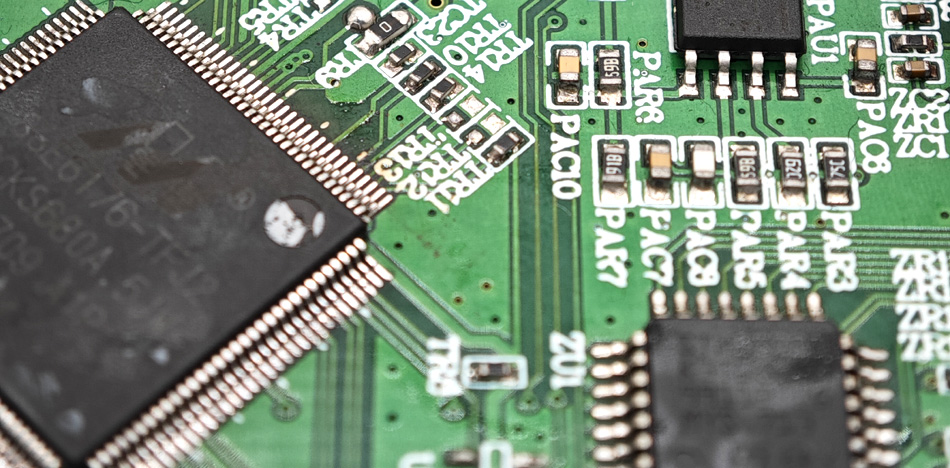- English
- Español
- Português
- русский
- Français
- 日本語
- Deutsch
- tiếng Việt
- Italiano
- Nederlands
- ภาษาไทย
- Polski
- 한국어
- Svenska
- magyar
- Malay
- বাংলা ভাষার
- Dansk
- Suomi
- हिन्दी
- Pilipino
- Türkçe
- Gaeilge
- العربية
- Indonesia
- Norsk
- تمل
- český
- ελληνικά
- український
- Javanese
- فارسی
- தமிழ்
- తెలుగు
- नेपाली
- Burmese
- български
- ລາວ
- Latine
- Қазақша
- Euskal
- Azərbaycan
- Slovenský jazyk
- Македонски
- Lietuvos
- Eesti Keel
- Română
- Slovenski
- मराठी
- Srpski језик
Lead-free soldering vs lead-based soldering: trade-off between environmental protection and performance
2024-06-27
Lead-free soldering and lead-based soldering are two common soldering methods, and there is a trade-off between environmental protection and performance between them. The following is a comparison of the two methods and their advantages and disadvantages in terms of environmental protection and performance:

1. Lead-free soldering:
Environmental advantages:
Reduction of harmful substances: Lead-free soldering does not use lead-containing solder, so it reduces the use of harmful lead and helps to mitigate the adverse effects on the environment.
Compliance with regulations: Lead-free soldering complies with environmental regulations in many countries and regions, such as the EU's RoHS Directive (Restriction of Hazardous Substances Directive).
Performance trade-offs:
Soldering temperature: Lead-free soldering generally requires a higher soldering temperature than lead soldering, which may cause damage to some heat-sensitive components.
Mechanical strength: The mechanical strength of lead-free solder may be slightly lower than that of lead solder, so the assembled PCB may need to be handled more carefully.
2. Lead soldering:
Performance advantages:
Low soldering temperature: Lead soldering generally requires a lower soldering temperature and has less impact on heat-sensitive components.
Good mechanical strength: Lead solder has good mechanical strength and may be more favorable for certain applications (such as aerospace and military).
Environmental trade-offs:
Hazardous substances: The solder used in lead soldering contains harmful lead, which may cause potential harm to the environment and human health.
Regulatory restrictions: Many countries and regions have implemented restrictions on lead-containing products and do not allow them to be sold on the market.
Between choosing lead-free soldering and lead soldering, you need to weigh environmental and performance factors based on specific applications and requirements.
Here are some considerations:
Application areas: If your product is used in markets with strict environmental requirements (such as consumer electronics), lead-free soldering may be more suitable. In some high-temperature, high-reliability fields (such as military and aerospace), lead soldering may be more common.
Component type: Consider the type of components you use and their tolerance. Some components may be sensitive to high temperatures and require lower soldering temperatures.
Regulatory requirements: Understand the environmental regulations in your area and ensure that your product meets legal requirements.
Performance requirements: Consider the performance requirements of your product, including mechanical strength, heat resistance, and life expectancy.
Lead-free soldering has become mainstream in the electronics manufacturing industry, but lead soldering may still be a reasonable choice in specific situations. Whichever method you choose needs to be carefully evaluated based on your specific needs and ensure compliance with applicable regulations and standards.
-
Delivery Service






-
Payment Options









